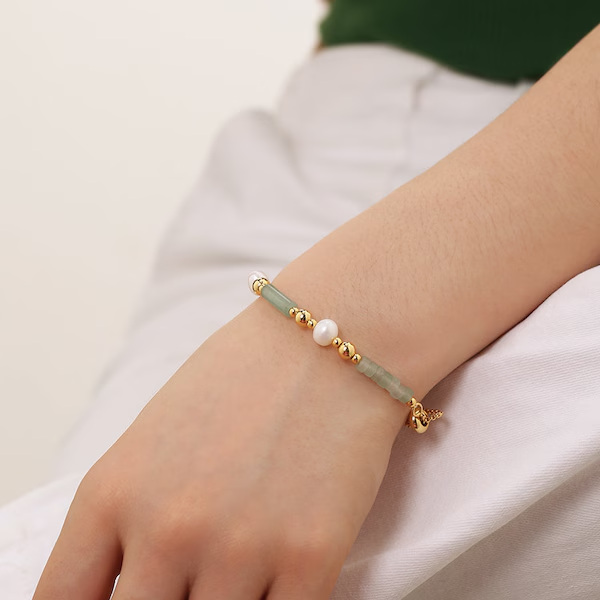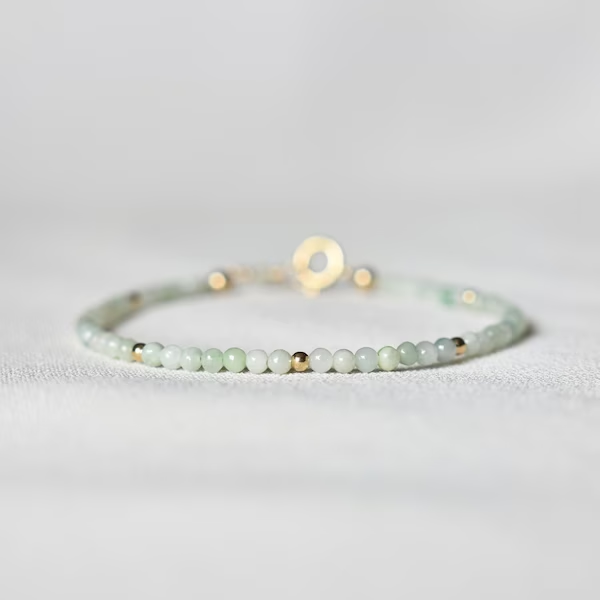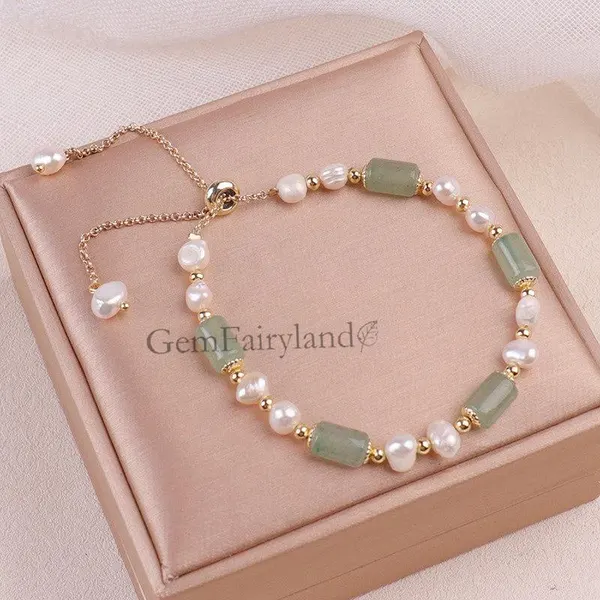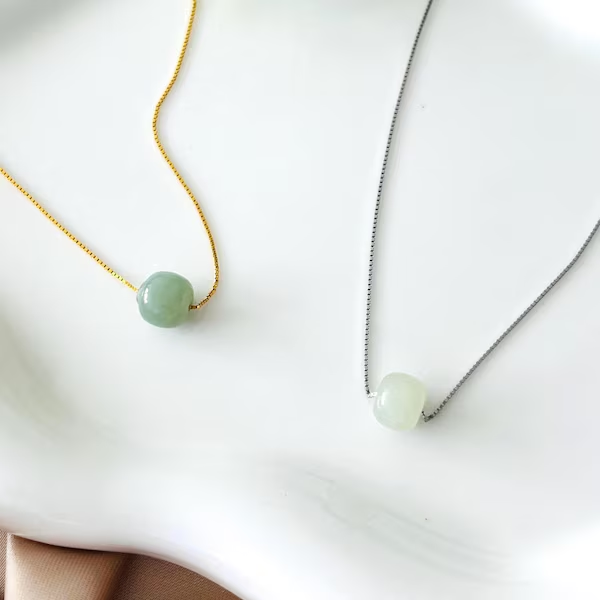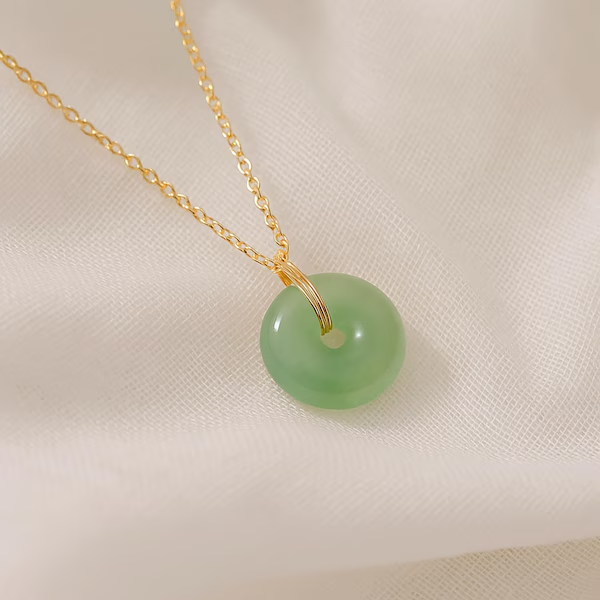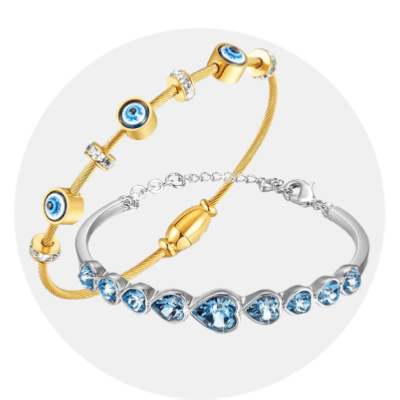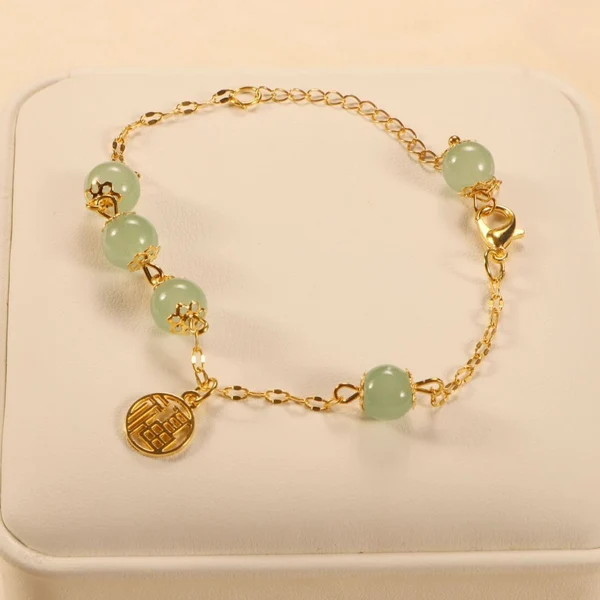Product categories
nephrite jade China
gem quality jadeite
Timeless Elegance – Discover the Beauty of a Jade Bracelet by Real Jade
Experience Authenticity, Craftsmanship, and the Natural Charm of Genuine Jade Jewelry
Jade A grade vs B grade
A jade bracelet by real jade is a timeless piece of jewelry crafted from natural jadeite or nephrite stones, known for their durability, smooth texture, and vibrant green hues. Unlike imitation or synthetic jade, real jade bracelets are valued for their authenticity, rarity, and unique patterns. Each bracelet carries a distinct combination of color, translucency, and natural markings, making it a one-of-a-kind accessory that reflects elegance and cultural significance, especially in Asian traditions where jade is considered a symbol of luck, protection, and prosperity.
Wearing a jade bracelet by real jade is not only a style statement but also a meaningful choice for personal wellness and energy. Many enthusiasts believe that real jade possesses calming and healing properties, helping to balance emotional energy and promote harmony. These bracelets are versatile, suitable for everyday wear or special occasions, and often paired with other fine jewelry. Investing in a genuine jade bracelet ensures long-lasting beauty, value retention, and the authenticity that collectors and fashion lovers highly appreciate.
Genuine Jade Bracelets – A Must-Have Treasure for Jewelry Aficionados
Authentic Natural Stone
Each jade bracelet is meticulously crafted from 100% real jadeite or nephrite, two of the most treasured forms of jade. Unlike synthetic or imitation stones, real jade carries natural mineral composition and formation patterns that make it rare and valuable. Wearing an authentic jade bracelet not only showcases elegance but also reflects a commitment to quality and authenticity that collectors and enthusiasts highly value. The tactile smoothness and natural coolness of real jade provide a luxurious feel, making every piece a truly special accessory.
Unique Patterns and Colors
No two jade bracelets are exactly alike. The natural striations, veins, and variations in translucency create distinct patterns in each piece. From deep emerald greens to soft celadon tones, these shades and textures highlight the stone’s organic beauty. This uniqueness makes every bracelet a masterpiece, allowing the wearer to stand out with a jewelry piece that is genuinely one-of-a-kind. Collectors often seek out specific patterns and colors, adding a personalized touch to their collection.
Cultural and Symbolic Significance
Jade has been treasured across cultures for thousands of years. A jade bracelet is more than a fashion accessory—it carries profound symbolism. It is believed to bring luck, protection, and harmony, while also symbolizing prosperity and wisdom. In many Asian cultures, jade is considered a spiritual stone that safeguards the wearer from negative energies. Owning a jade bracelet allows jewelry aficionados to connect with centuries of tradition, making it a meaningful addition to any collection.
Durable and Long-Lasting
Real jade is renowned for its exceptional toughness. Unlike many other gemstones, it is highly resistant to scratches and wear, ensuring that a jade bracelet can be worn daily without losing its charm. This durability makes it an ideal heirloom, a piece that can be passed down through generations while maintaining its beauty and structural integrity. Jewelry lovers appreciate that their investment in genuine jade offers both longevity and timeless elegance.
Healing and Energetic Properties
Beyond its aesthetic appeal, real jade is believed to possess calming and protective energies. Wearing a jade bracelet can help balance emotional energy, reduce stress, and promote a sense of inner peace. Many enthusiasts also associate jade with physical well-being, believing it supports overall health and vitality. This combination of beauty and holistic benefit makes a jade bracelet a truly enriching accessory for style-conscious individuals who value both fashion and wellness.
Versatile Fashion Accessory
A jade bracelet by real jade seamlessly complements any outfit. Its natural elegance allows it to pair with casual daywear, office attire, or formal evening ensembles. Whether stacked with other bracelets or worn alone, it adds a subtle yet luxurious touch. Jewelry collectors and fashion lovers value its versatility, as it effortlessly enhances personal style while maintaining a sophisticated and timeless look.
Value Retention
Genuine jade bracelets are not only visually appealing but also a wise investment. Over time, high-quality jade can appreciate in value due to its rarity and cultural significance. This makes a real jade bracelet both a statement piece and a collectible asset. Jewelry aficionados often seek out jade for its ability to retain and increase in value, combining the joy of wearing a beautiful accessory with long-term financial appreciation.
At Real Jade, you can explore a stunning collection of jade bracelets crafted from the finest natural jadeite and nephrite stones. From classic green bangles that exude timeless elegance to multicolored jade bracelets with unique patterns and shades, each piece is carefully selected for its beauty and authenticity. We also offer carved jade bracelets featuring intricate designs, polished smooth bangles for everyday wear, and adjustable jade bracelets that combine style with comfort. Whether you are looking for a statement piece or a subtle accessory, Real Jade ensures every bracelet embodies quality, durability, and cultural significance.
Discover your perfect jade bracelet today and elevate your jewelry collection with a piece that is truly one-of-a-kind. Shop now at Real Jade and embrace elegance that lasts a lifetime!
How can I identify a real jade bracelet?
A real jade bracelet is smooth, cool to touch, and has natural color variations and striations. Real Jade ensures authenticity, providing only genuine, natural jade pieces with certificates when required.

